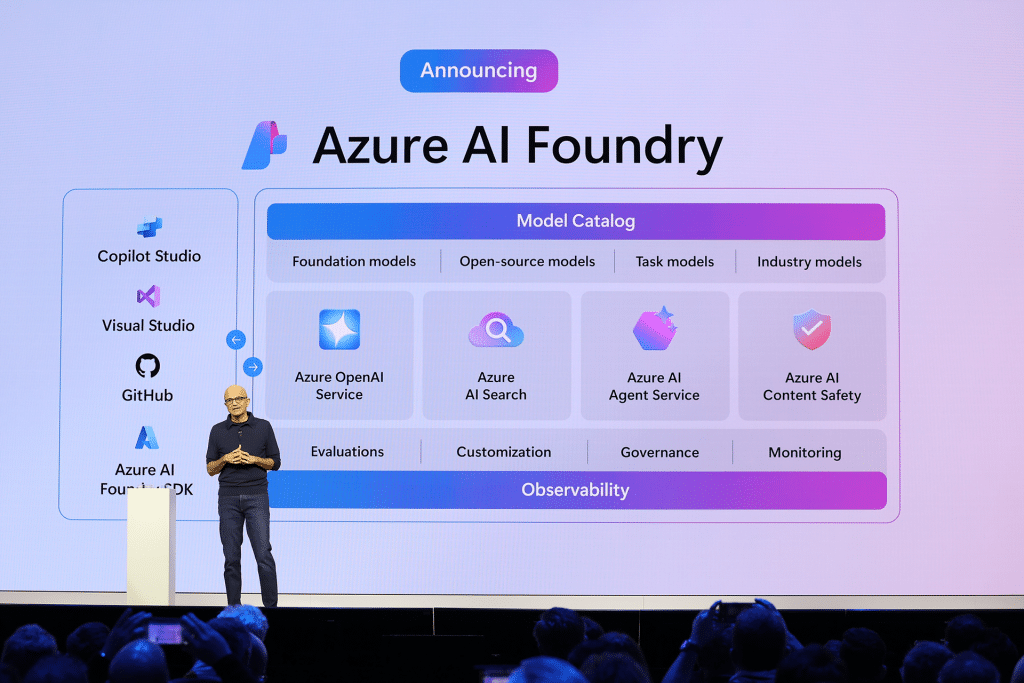The Impact of COVID-19 on Technology: How Digital Transformation Supports Today’s Businesses

Recent global events have accelerated digital transformation for many companies, creating an urgent need for technology that bridges the distance between people. For many, the home office has replaced the workplace, living rooms are classrooms and bedrooms are conference rooms. It’s easy to think that this is a temporary disruption – but in reality, this ‘new normal’ is likely to continue for some time. In this article we look at the impact of covid-19 on technology and how businesses of all sizes must digitally transform to survive.
Businesses that haven’t already implemented the technology and systems that they need to survive are more at risk than ever. Time is of the essence and organisations that wish to not only survive but also thrive must act now.
Businesses who dare, win
In recent report from McKinsey, the management consultancy notes that prioritising innovation is the key to unlocking post-COVID growth. 85% of technology executives expect the COVID-19 crisis to be one of the biggest opportunities for growth in their industry. However, fewer than 30 percent of the same executives believe that they are well enough prepared to address the changes they see on the horizon.
In past crises, organisations who invested in innovation delivered growth in the months and years post-crisis. McKinsey points to a study of the 2008 financial crises where companies who maintained focus on innovation emerged stronger, outperforming the market average by 30 percent and continued on a path of accelerated growth in the subsequent 3-5 years.
So, while the crisis presents a plethora of challenges for businesses, it also presents opportunities. But only if organisations have the resources and the mettle to pursue them.
The impact of covid-19 on technology and the challenges for businesses
What’s likely to follow now is a protracted period of hybrid lockdown, where workplaces begin to return but only with a skeleton team.
Businesses face several challenges in the post-COVID era. They must:
- Protect staff
- Mobilise their workforce
- Maintain continuity
- Assess costs
- Mitigate supply chain disruptions
- Model worst case scenarios
- Accelerate digital transformation and solve gaps in IT infrastructure
Supporting the remote landscape with technology
Much of the discourse around enabling remote working has focused on VPNs and videoconferencing technology. But there’s more to enabling a remote society than simply setting up conference calls and chat rooms. Platforms like Microsoft Azure also have a lot to offer in the hybrid future that we’ll soon be entering. That’s because ensuring software can work remotely is just as important as ensuring people can.
One example of this is with our client, Explore Learning. They provide tuition for children across the country in learning centres, many of which are situated inside supermarkets.
To provide this tuition, Explore Learning relies on a piece of software known as SuccessMaker. Over the past few years, we’ve helped Explore Learning through a root and branch digital transformation, moving from their old on-premises software to a modern alternative hosted in Microsoft Azure.
One of the core requirements of the project was ensuring that SuccessMaker could be accessed remotely. Previously, it was only accessible at their dedicated learning centres. Now, users can log on and access their learning courses from anywhere in the world on their own devices.
Gaining business agility with the cloud
Get access to our monthly
roundup of news and insights
You can unsubscribe from these communications at any time. For more information on how to unsubscribe, our privacy practices, and how we are committed to protecting and respecting your privacy, please review our Privacy Policy.
See our Latest Insights
The platform for advanced AI apps in 2025
The recent announcements at Microsoft Ignite 2024, particularly the introduction of Microsoft Fabric’s SQL Database and Azure AI Foundry, present significant advancements that align seamlessly with our mission to deliver cutting-edge generative AI implementations for our clients. Enhancing Generative AI Implementations with Microsoft Fabric’s SQL Database The SQL Database in Microsoft Fabric is engineered to…
Customising Microsoft Copilot: Exploring Options for Tailored AI Assistance
If you’ve been following AI developments in 2024, Microsoft Copilot is a tool you’re likely already familiar with. Aimed at improving workplace productivity, streamlining decision-making, and optimising business processes, Copilot is being used by tens of thousands of people at an impressive 40% of Fortune 100 companies.1 While it’s still too early to tell what…
Evaluating AI Tools Using a Task-Based Framework to Optimise Productivity
We’ve all heard about how AI can improve productivity, boost work quality, and open doors to new business opportunities. But the reality is that these kinds of successful results rely on considerable preparation and careful implementation. According to recent surveys, 63% of respondents in successful businesses say that the implementation of generative AI is a…
Legacy systems are costing your business growth.
Get your free guide to adopting cloud software to drive business growth.




